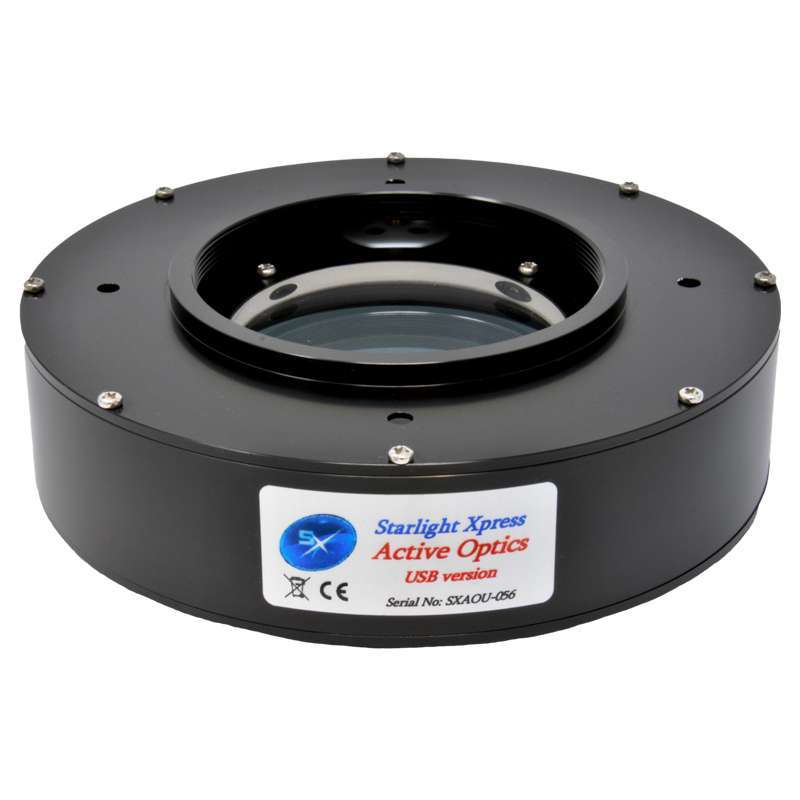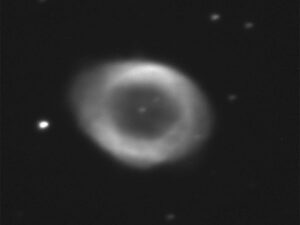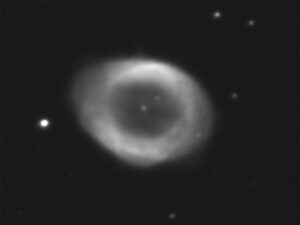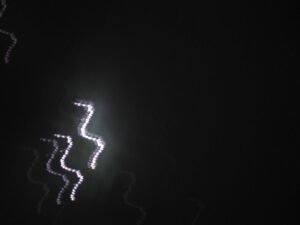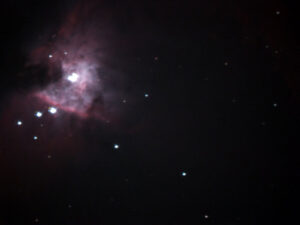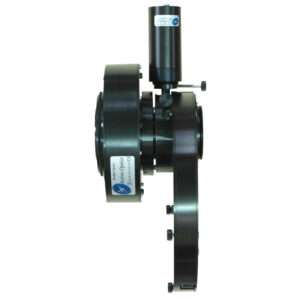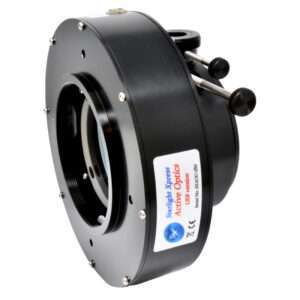SXV-AO-USB-NOAG ‘Active Optics’
Description
The SXV-AO-USB is the 3rd generation of Active Optics from Starlight Xpress. The original design has been further developed for use with larger imaging sensors and with USB connectivity, future proofing the design further.
The patented principle uses the refractive index of the optical window to move the incoming light path from the telescope on to the main imaging sensor. When combined with a sensitive guide camera, like the Lodestar PRO, you have a high performance tracking system that is far superior compared to autoguiding on its own. Mount correction is also included so the system is self contained and can run all night, even if there is drift due to poor alignment on the mount.
The guide camera images a star through an off-axis guider (OAG), either supplied with the AO Unit as an optional extra, or through an OAG built into a filter wheel such as the MIDI or MAXI filter wheels from SX. The software calculates the centroid of the guide star rapidly and accurately, and if the guide star moves, the optical window can be adjusted to compensate for the movement of the guide star. As the guide camera and imaging camera are looking through the same optical system, any corrections made for the guide star are automatically translated through to the main imaging camera.
The optical corrections are controlled by 4 stepper motors, so the small amount of movement, combined with the lightweight mass of the optical window, allows the corrections to be implemented very quickly and much more accurately than the mount drive system is capable of achieving.
Ideally suited to longer focal lengths optical systems, the benefits of the Active Optics on the final image can also be seen with shorter focal length systems on less accurate mounts.
- Image tracking and stabilisation using a high speed tip-tilt optical window.
- Fast tracking speed of 5mS per increment.
- Overcomes rapid gear errors to stabilise even difficult mounts.
- Mount control output for correcting large drive errors while maintaining AO stabilisation.
- Image shift factor independent of optical system or camera back-focus spacing.
- May be used to image stabilise many other makes and types of camera, given suitable control software.

